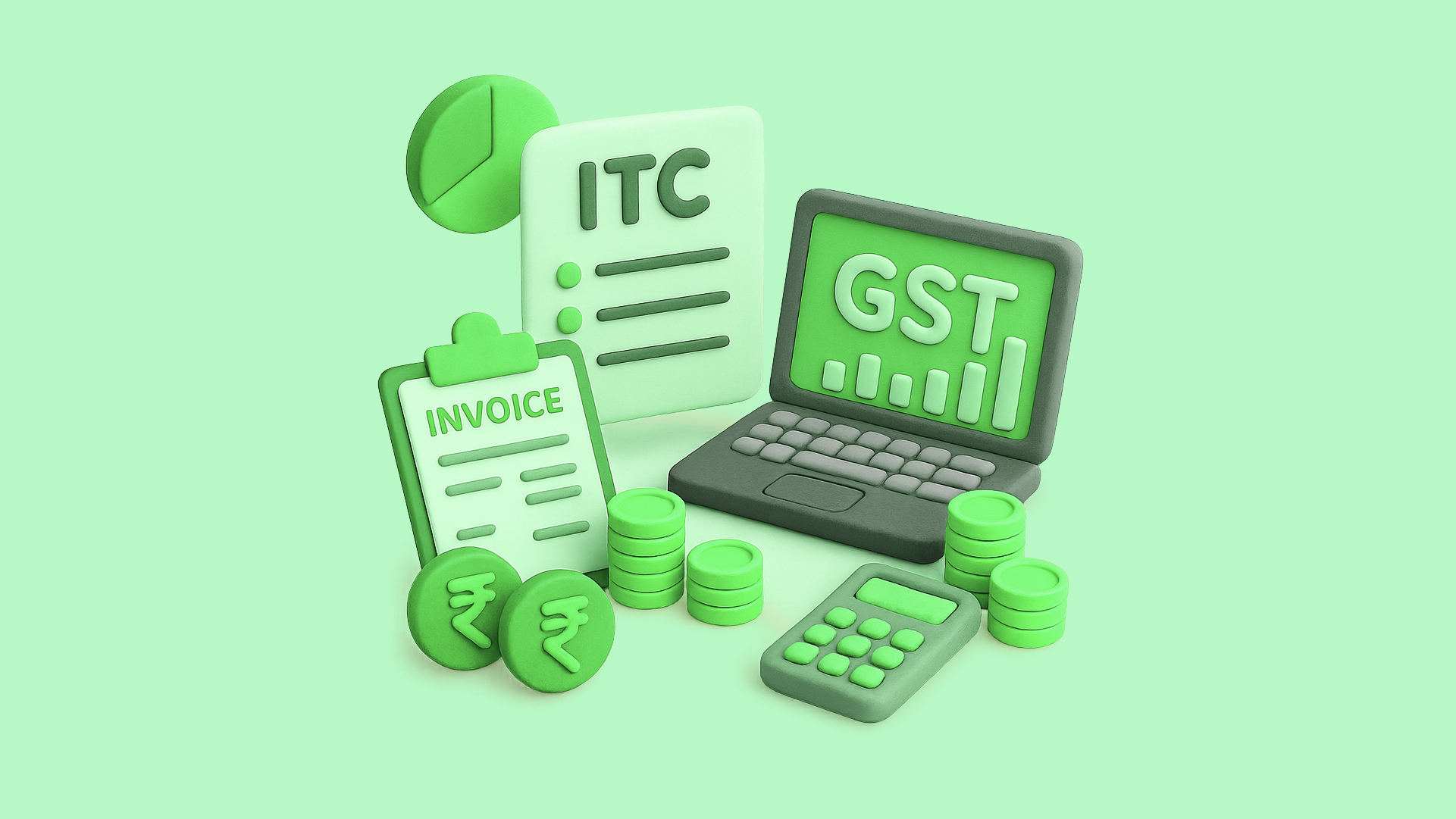Businesses today face increasing scrutiny under the Goods and Services Tax (GST) regime. With real-time data matching, automated reconciliations, and growing use of AI-driven risk analysis by GST authorities, receiving a GST notice is not unusual. What matters most is how you respond, because the right response can save your business from penalties, interest, and long litigation.
This guide will walk you through:
- The different types of GST notices and orders
- How to reply to a GST notice effectively
- What happens if a GST notice is ignored
- Practical steps and tools that can simplify GST compliance
Why GST Notices Are Issued
GST notices are usually triggered by discrepancies or non-compliance identified through the GST Network (GSTN). Some common reasons include:
- Mismatch in returns: Differences between GSTR-3B and GSTR-1 or between ITC claimed and GSTR-2B.
- Delayed filing: Consistent late or non-filing of GST returns.
- Tax payment defaults: Failure to pay GST liabilities on time.
- Suspicious transactions: Sudden spikes in turnover, high refund claims, or invoice mismatches.
- Audit or investigation triggers: Routine scrutiny or intelligence-based investigations.
Understanding the reason behind a notice is the first step toward drafting a proper response.
Types of GST Notices and Orders
Different notices are issued under specific sections of the CGST Act. Here are some of the most common:
- Notice to Seek Clarification (GST REG-03): Issued during registration if the officer needs more details.
- Show Cause Notice (SCN) under Section 73/74: For tax not paid, short paid, or ITC wrongly claimed.
- Scrutiny Notice (ASMT-10): When discrepancies are detected in returns.
- Audit/Inspection Related Notices: Issued under Section 65 (audit) or Section 67 (inspection/search).
- Demand Notice (DRC-07): Issued when tax demand is finalized.
Each type requires a specific format of response and strict adherence to timelines. Knowing the type of notice is critical because your response strategy depends on whether it’s a clarification, a demand, or an investigation.
How to Reply to a GST Notice
Responding correctly and on time is crucial. Replies are typically expected within 7–30 days, depending on the type of notice. Here’s a step-by-step approach:
1. Read and Analyze the Notice Carefully
- Check the section reference, due date, and reason for issuance.
- Identify whether it’s a clarification request, a demand, or a show-cause notice.
2. Collect Supporting Documentation
- Reconcile invoices, returns, and books of accounts.
- Gather evidence like challans, invoices, contracts, and reconciliations.
3. Draft a Clear and Factual Reply
- Avoid vague or generic responses.
- Address each point raised in the notice.
- Attach supporting documents as annexures.
4. File the Reply Online
- Most replies can be submitted through the GST portal under “Services → User Services → View Notices and Orders.”
5. Track Status Regularly
- Ensure acknowledgment of submission.
- Monitor follow-ups, orders, or clarifications required by the officer.
Pro Tip: A well-documented and timely GST demand notice response can help avoid escalation into penalties or prosecution.
What Happens if a GST Notice is Ignored
Ignoring a GST notice can be risky. Consequences may include:
- Automatic demand orders raised against your business.
- Penalties and GST interest for delayed compliance.
- Provisional attachment of bank accounts and assets in serious cases.
- Cancellation of GST registration for repeated defaults.
- Prosecution in cases of fraud, suppression, or willful tax evasion.
For instance, if an SCN under Section 74 (fraud cases) is ignored, authorities can impose penalties up to 100% of the tax due, in addition to prosecution.
In short, non-response doesn’t make the notice disappear – it only makes the problem worse.
Best Practices for GST Notice Management
- Stay proactive with reconciliations – Regularly match GSTR-2B with ITC claims and align sales vs. purchase data.
- Maintain organized records – Store invoices, challans, and returns digitally for quick retrieval.
- Monitor GST portal communications – Notices are often served online, and missing them can lead to defaults.
- Use technology for compliance – Automated GST software can flag discrepancies early.
- Seek professional support – Chartered Accountants and GST experts can help in drafting precise replies.
How Technology Simplifies GST Notice Handling
With growing notice volumes, manual tracking can become overwhelming – especially for Chartered Accountants and finance teams managing multiple GSTINs. Modern platforms like Optotax (by OPEN) offer:
- Centralized dashboard to track all notices and orders across clients.
- Automated sync with the GST portal to avoid missing updates.
- Organized repository for replies, documents, and order history.
- Smart filters to prioritize notices based on due dates and urgency.
- Automated Recon Reports, covering GSTR-2B vs. 3B, ITC mismatches, and cross-checks with purchase registers, not only support notice replies but also reduce the likelihood of receiving notices in the first place.
This not only saves time but also ensures that no notice goes unanswered, reducing compliance risks significantly.
Final Thoughts
GST notices are not necessarily an accusation. They are often just clarifications. What matters is responding correctly, with facts and documentation, within deadlines. Businesses that take a proactive and organized approach can resolve most notices without penalties.
If your team finds it challenging to keep up with reconciliations, deadlines, and multiple GSTINs, adopting a notice management system like Optotax can bring both clarity and control. It lets tax professionals focus less on chasing deadlines and more on delivering value to clients.





